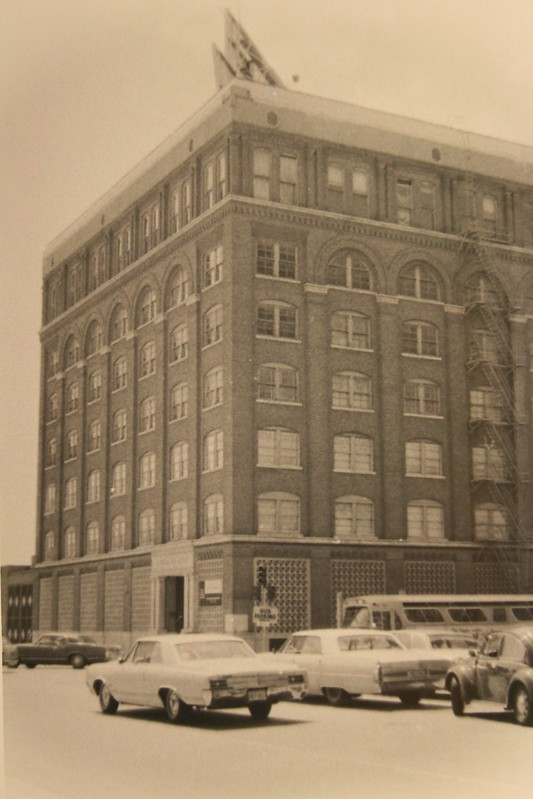Bart Kamp’s Prayer Man challenges the established narratives surrounding the events at the Texas School Book Depository on November 22, 1963.
Bart Kamp’s Prayer Man challenges the established narratives surrounding the events at the Texas School Book Depository on the day of the John F. Kennedy assassination.
As we navigate through Kamp's exploration, encountering historical figures, overlooked sketches, and clandestine meetings, we are prompted to view the "Prayer Man" not as a static element in a photograph but as a key to unlocking the best-kept secrets regarding the Kennedy assassination.
Let's explore the key talking points explored by Kamp in his examination of the elusive Prayer Man.
The Emergence of Prayer Man
Kamp emphasizes that the suspicion surrounding the Prayer Man was not solely the result of Sean Murphy's discovery. He credits a circle of Kennedy researchers, including Richard E. Sprague, Harold Weisberg, and Howard Roffman, for their early exploration of the Altgens 6 photograph.
However, it was Richard Bernabei, a relatively unknown but pivotal figure, who first discerned the Prayer Man figure from films by Dave Wiegman. Bernabei's sketches, though overlooked for decades, become central to Kamp's analysis.
The Prayer Man as Lee Harvey Oswald
Kamp's analysis employs a process of elimination to build the case that the elusive figure is likely Lee Harvey Oswald.
By scrutinizing the Darnell and Wiegman films, Kamp narrows down the possibilities, considering the figure's characteristics. The author asserts that, based on the available evidence and the exclusion of individuals, Prayer Man is a white Caucasian—fitting the description of Oswald.
Questioning the Second-Floor Encounter
A significant portion of Kamp's exploration questions the authenticity of the second-floor encounter between Officer Marrion Baker, Roy Truly, and Lee Harvey Oswald.
Kamp scrutinizes Baker's movements and contends that Baker did not take the front stairs as commonly believed. This questioning extends to the credibility of the second-floor lunchroom episode, challenging the narrative of Oswald holding a Coke and being confronted by Baker and Truly.
Ironies and Unanswered Questions
Perhaps one of the most intriguing aspects of Kamp's work is the layering of ironies and unanswered questions. He explores the creation of the Alek J. Hidell alias on the Selective Service card, raising the possibility that the Dallas Police did not possess the card with the Hidell alias on the first day.
The book suggests that the discovery of the Klein’s order, credited by J. Edgar Hoover, turned the case around but also questioned the authenticity of the Hidell card.
Read the blog for more on Kamp's discoveries and contribute to the ongoing dialogue on the truth behind the JFK assassination. Join the platform for historical inquiry, share your insights, and be a part of the collective pursuit of truth. Read the blog, share your thoughts, and let's navigate the political assassinations of the 1960s together.
Get in touch for comments and follow-up questions.




